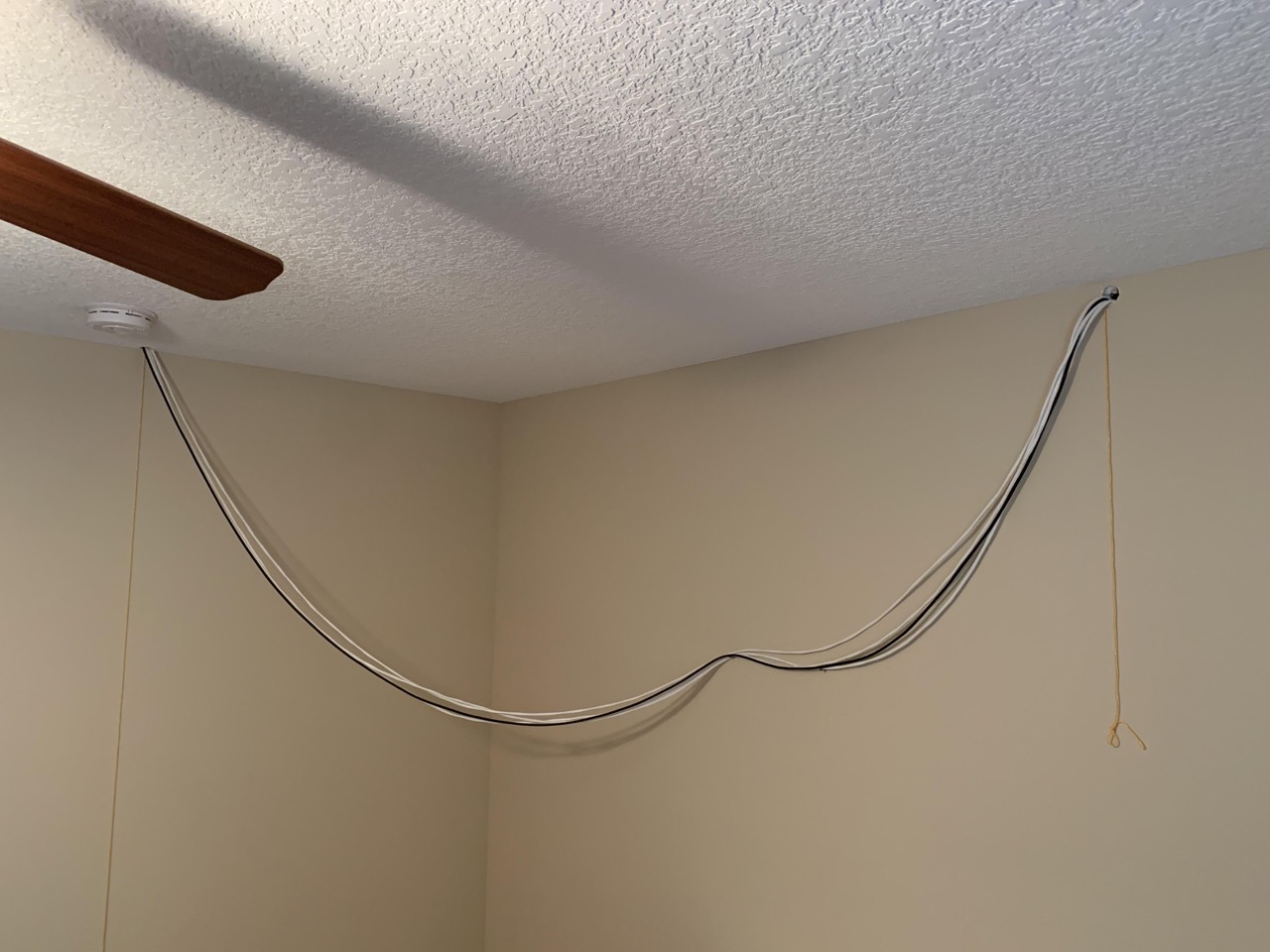

Articles
How To Hide Electrical Wires On Ceiling
Modified: October 28, 2024
Learn how to hide electrical wires on your ceiling with our informative articles. Simplify your space and improve the aesthetics of your home.
(Many of the links in this article redirect to a specific reviewed product. Your purchase of these products through affiliate links helps to generate commission for Storables.com, at no extra cost. Learn more)
Introduction
When it comes to home décor and design, one of the pesky challenges that homeowners often face is how to hide electrical wires on the ceiling. Exposed wires not only detract from the overall aesthetics of a room but can also pose safety hazards. Luckily, there are several creative and practical solutions available to discreetly conceal those unsightly wires.
In this article, we will explore five different options for hiding electrical wires on the ceiling. These methods range from simple DIY solutions to more involved techniques that may require professional assistance. Whether you’re looking to revamp your living space or simply looking for ways to enhance the safety and visual appeal of your home, these tips will help you achieve a seamless and clutter-free ceiling.
Key Takeaways:
- Say goodbye to unsightly wires on your ceiling with creative solutions like concealing wires in crown molding, using cable raceways, or camouflaging them with decorative elements. Enhance safety and aesthetics effortlessly!
- Transform your space with practical methods to hide electrical wires on the ceiling, from DIY solutions to professional installations. Choose the best option to achieve a clutter-free and visually appealing environment while prioritizing safety and accessibility.
Read more: How To Hide Chandelier Wires
Option 1: Concealing the Wires in Crown Molding
Crown molding not only adds an elegant touch to a room but can also serve as a clever solution for hiding electrical wires on the ceiling. This method involves creating a small channel or groove behind the crown molding where the wires can be neatly tucked away.
To conceal the wires using this method, start by measuring and cutting the crown molding to fit the length of the wall. Next, carefully cut a channel along the backside of the molding using a router or a suitable cutting tool. Make sure to leave enough space for the wires to fit comfortably inside the channel.
Before attaching the crown molding to the wall, carefully route the wires through the channel. Ensure that the wires are secure and properly positioned within the groove. Once the wires are in place, attach the crown molding to the ceiling, ensuring that it covers the wires completely.
After securing the crown molding, you can paint or stain it to match the color of your ceiling or choose a contrasting color for a more dramatic effect. This method not only hides the wires effectively but also adds a touch of sophistication to your space.
Please note that this method may require some basic carpentry skills and tools. If you’re not comfortable with DIY tasks, it’s recommended to hire a professional to ensure a seamless installation.
Option 2: Using Cable Raceways to Hide the Wires
If you want a quick and efficient solution for hiding electrical wires on the ceiling, using cable raceways is a great option. Cable raceways are plastic or metal channels that can be easily attached to the surface of the ceiling, allowing you to neatly route and hide the wires.
To use cable raceways, start by measuring the length of the wires you need to hide. Choose cable raceways that are long enough to cover the wires from the starting point to the endpoint. Make sure to select raceways that match the color of your ceiling or are paintable to blend seamlessly with your decor.
Before installing the raceways, clean the ceiling surface and ensure that it is free from any dust or debris. Use adhesive strips or screws to attach the raceways to the ceiling, following the manufacturer’s instructions. Make sure to space the raceways evenly apart to maintain a consistent and tidy appearance.
Once the raceways are securely attached, route the wires inside them, making sure they are organized and hidden from view. You can use cable clips or ties to secure the wires inside the raceways and prevent them from becoming tangled or exposed.
After hiding the wires inside the raceways, you can paint or decorate the raceways to further camouflage them. Consider using the same paint color as your ceiling to create a seamless look, or use decorative elements such as wallpaper or trim to blend the raceways with your room’s aesthetic.
Cable raceways are not only an effective way to hide wires on the ceiling, but they also offer the flexibility to add or remove wires easily if needed. They are a convenient and affordable solution for homeowners who want to achieve a clean and professional-looking finish without extensive renovations.
Option 3: Installing Wire Covers on the Ceiling
If you prefer a simpler and more straightforward approach to hide electrical wires on the ceiling, installing wire covers can be an excellent solution. Wire covers are plastic or metal channels that encase the wires, keeping them protected and out of sight.
To use wire covers, start by measuring the length of the wires you need to conceal. Purchase wire covers that are long enough to cover the entire length of the wires and are wide enough to accommodate the thickness of the wires.
Clean the ceiling surface thoroughly to ensure proper adhesion. You can use a mild detergent and warm water to remove any dirt or grime. Dry the surface completely before proceeding.
Next, apply adhesive strips or double-sided tape to the backside of the wire covers. Position the wire covers along the ceiling in a straight line, aligning them with the wires you are hiding. Press firmly to ensure secure adhesion.
Gently insert the wires into the wire covers, tucking them neatly inside. Make sure the wires are organized and not compressed or twisted within the covers. If necessary, use cable clips or ties to secure the wires in place and prevent them from shifting or becoming exposed.
Once the wire covers are in place, you can paint or decorate them to blend with your ceiling. Choose a paint color that matches your ceiling, or use decorative elements such as wallpaper or trim to customize the wire covers and enhance the overall aesthetics of the room.
This method provides a clean and streamlined look, effectively hiding the wires without the need for extensive modifications or carpentry work. It’s a great option for those who prefer a minimalistic approach or for temporary wire concealment.
Use cable raceways or conduit to conceal electrical wires on the ceiling. These can be painted to match the ceiling color for a seamless look.
Option 4: Creating a False Ceiling to Hide the Wires
If you’re looking for a more comprehensive and permanent solution to hide electrical wires on the ceiling, creating a false ceiling can be an ideal option. A false ceiling, also known as a dropped ceiling or suspended ceiling, involves installing a secondary ceiling below the original one, effectively concealing the wires and providing additional design possibilities.
To create a false ceiling, you will need to enlist the help of a professional contractor or an experienced carpenter. The process can involve a series of steps, including framing, installing ceiling tiles or panels, and integrating lighting fixtures.
First, the contractor will frame a grid using metal channels or wooden beams that will serve as the support for the false ceiling. This framework will be attached to the existing ceiling, providing stability and structure.
Next, ceiling tiles or panels will be installed onto the grid, covering the entire area. These tiles can be made from various materials such as gypsum, metal, or PVC, giving you the flexibility to choose a style and finish that complements your interior design.
During the installation process, the electrical wires can be routed through the gap between the original ceiling and the false ceiling. This creates a hidden space where the wires can be concealed, minimizing their visibility.
Furthermore, integrating recessed lighting fixtures into the false ceiling can enhance the overall ambiance of the room while effectively hiding the wires. These fixtures can be strategically placed to provide optimal lighting and create a visually appealing environment.
Creating a false ceiling requires professional expertise and may involve some structural modifications. However, it offers a seamless and long-term solution for hiding wires and can dramatically transform the aesthetics of a room.
Discuss your specific requirements and design preferences with a professional to ensure the best results. They will guide you through the process, ensuring that the false ceiling not only hides the wires but also complements the overall style and functionality of your space.
Read more: How To Hide Television Wires
Option 5: Camouflaging the Wires with Decorative Elements
If you’re looking for a creative and visually appealing way to hide electrical wires on the ceiling, consider camouflaging them with decorative elements. This option allows you to turn the wires into attractive design features that seamlessly blend with your existing decor.
One popular method is to use decorative wire covers or sleeves. These covers are available in various materials, such as fabric or braided rope, and can be easily wrapped around the wires. Choose covers that match the color scheme or style of your room for a cohesive look.
Before applying the decorative covers, ensure that the wires are properly organized and secured. Use cable clips or ties to keep the wires neatly bundled and prevent them from hanging or tangling.
Once the wires are secured, start wrapping the decorative covers around them. Ensure that the covers are evenly distributed along the length of the wires, creating a cohesive and consistent look. You can twist or braid the covers to add an extra touch of charm.
In addition to decorative wire covers, you can also incorporate other elements such as fabric panels, curtains, or hanging plants to further conceal and distract attention from the wires. These elements can be strategically positioned to not only hide the wires but also add a pop of color or texture to the ceiling.
Another creative idea is to use ceiling medallions or rosettes. These decorative elements can be installed around light fixtures or junction boxes, effectively disguising the presence of wires. Choose medallions that match the style of your room, whether it’s classic, modern, or eclectic.
Lastly, consider incorporating artwork or decorative molding to create a visually appealing arrangement on the ceiling. By strategically positioning paintings, tapestries, or decorative molding, you can draw attention away from the wires and create a focal point that enhances the overall aesthetics of the room.
Camouflaging wires with decorative elements offers a versatile and customizable solution for homeowners who want to add a unique touch to their ceilings while hiding the wires effectively. Explore different options and let your creativity guide you in transforming the look of your space.
Conclusion
Hiding electrical wires on the ceiling can significantly improve the aesthetics and safety of your home. By implementing the various options discussed in this article, you can achieve a clutter-free and visually appealing ceiling.
From concealing the wires in crown molding to using cable raceways, installing wire covers, creating a false ceiling, or camouflaging the wires with decorative elements, there is a solution for every preference and budget. Each option offers its unique benefits and considerations, allowing you to choose the best method that suits your needs.
Remember to prioritize safety when working with electrical wires. If you’re unsure about handling the process yourself, it’s wise to consult a professional electrician or contractor to ensure proper installation and adherence to safety standards.
In addition to enhancing the aesthetics of your space, it’s essential to ensure that the hidden wires are accessible for maintenance and repairs. Plan the concealment method with this factor in mind to avoid future inconveniences.
By taking the time to carefully hide electrical wires on your ceiling, you’ll create a more visually pleasing environment that showcases your home’s beauty while maintaining functionality and safety.
So, say goodbye to unsightly wires and hello to a sleek and uncluttered ceiling. Implement the option that suits your style and needs best, and enjoy the transformed look of your space!
Now that you've mastered concealing those pesky ceiling wires, why not tackle more hands-on projects? Our next article on DIY projects will inspire you with creative and practical ideas. Engaging in do-it-yourself tasks not only spruces up your home but also brings personal satisfaction and potentially saves money. Ready to boost your crafting skills and add a personal touch to your space? Check out our detailed guide brimming with tips for beginners and experienced DIY enthusiasts alike.
Frequently Asked Questions about How To Hide Electrical Wires On Ceiling
Was this page helpful?
At Storables.com, we guarantee accurate and reliable information. Our content, validated by Expert Board Contributors, is crafted following stringent Editorial Policies. We're committed to providing you with well-researched, expert-backed insights for all your informational needs.
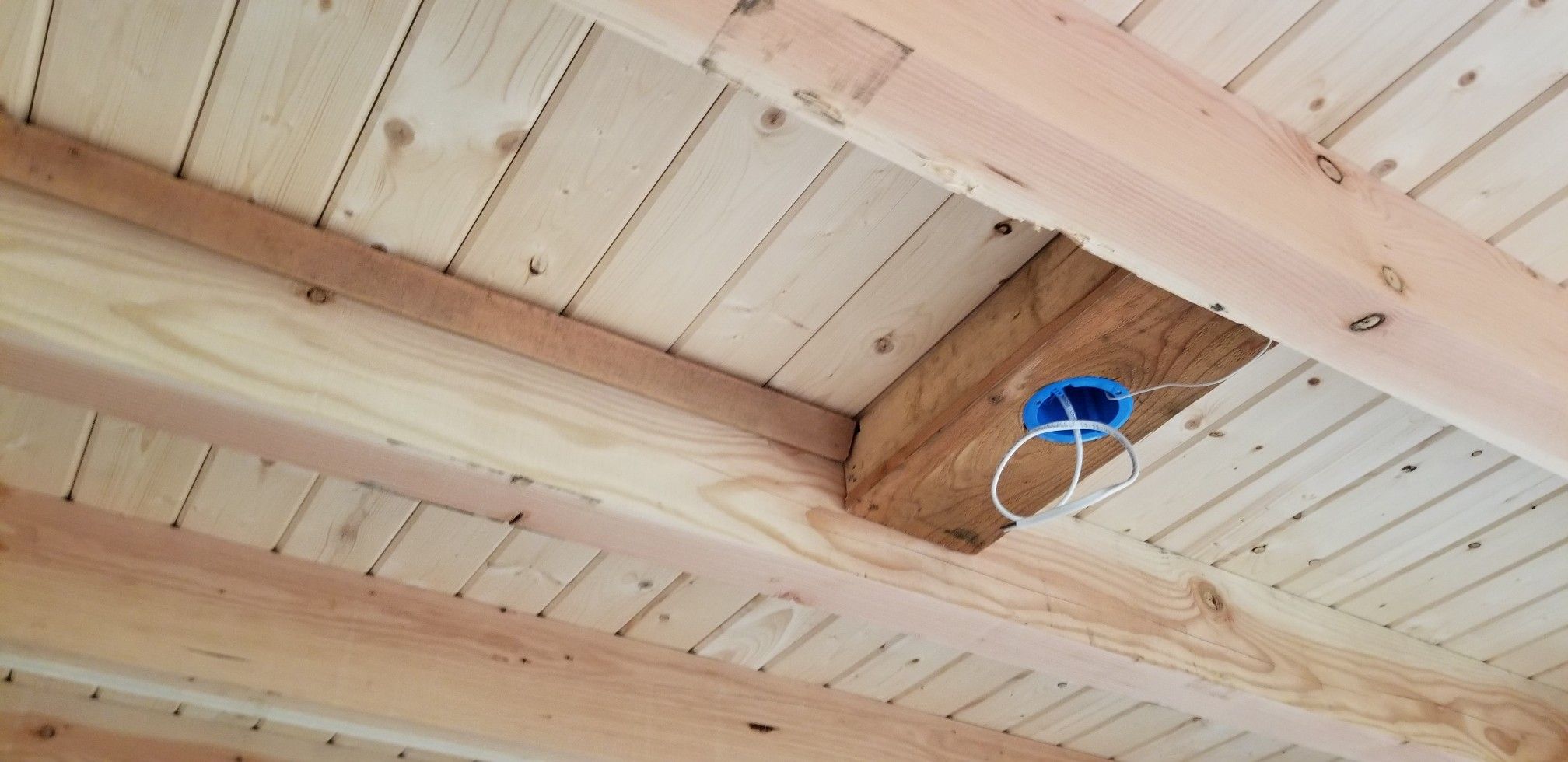
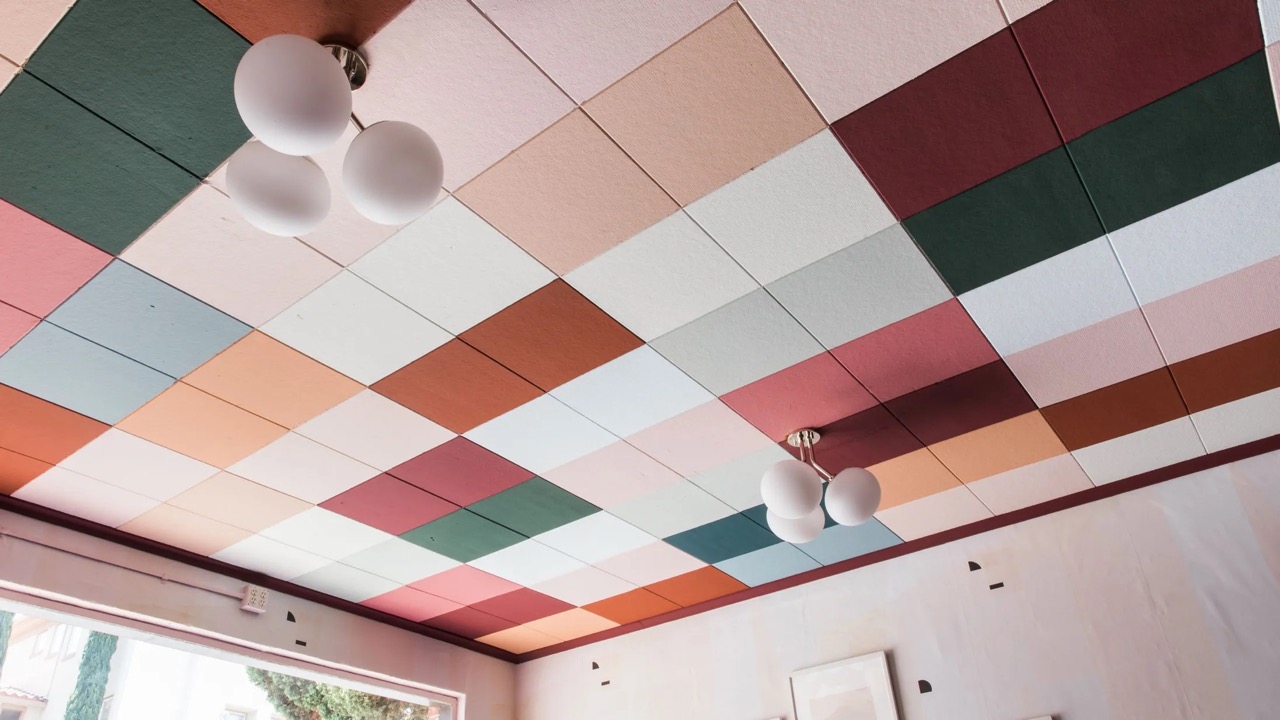

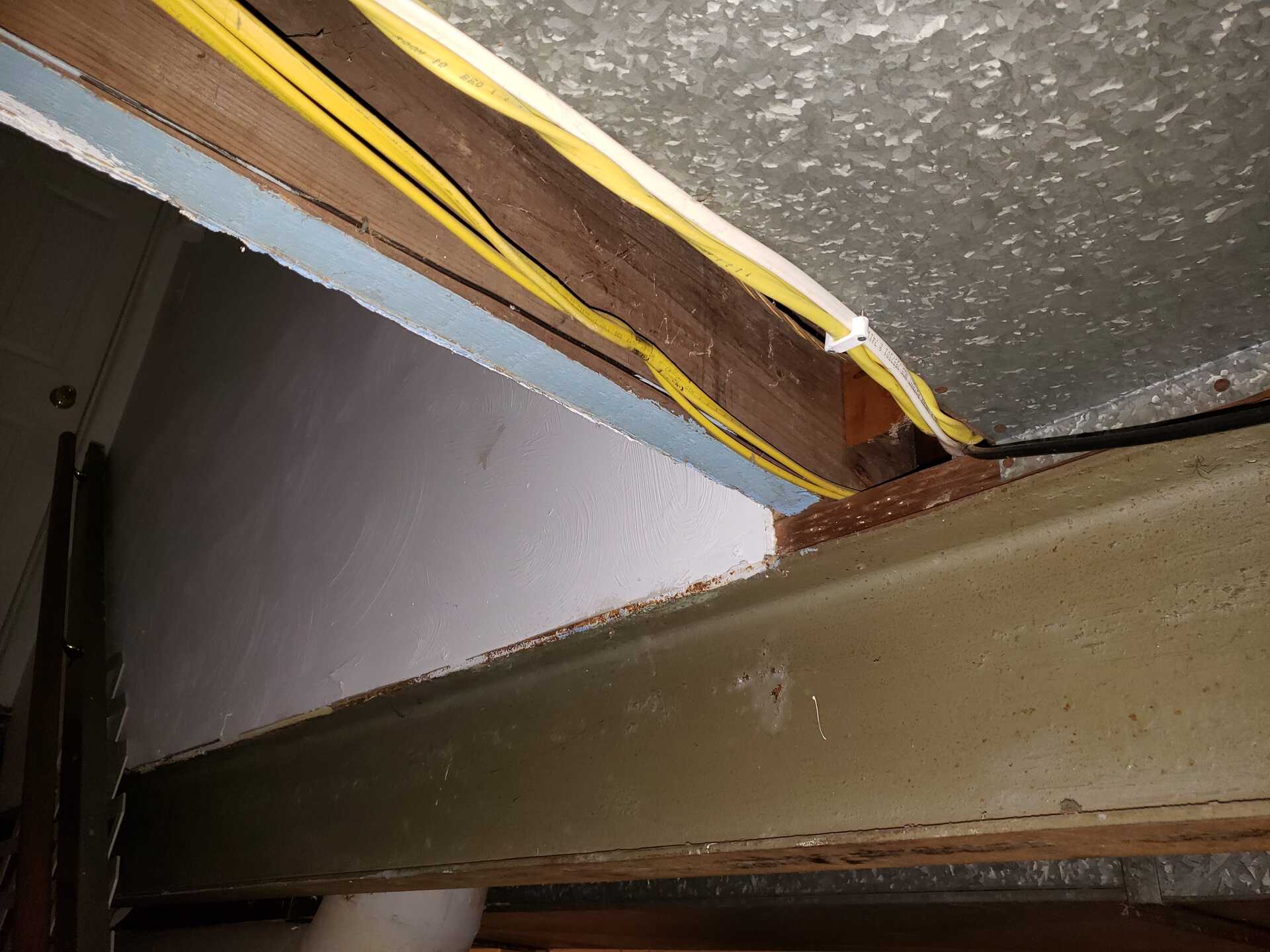
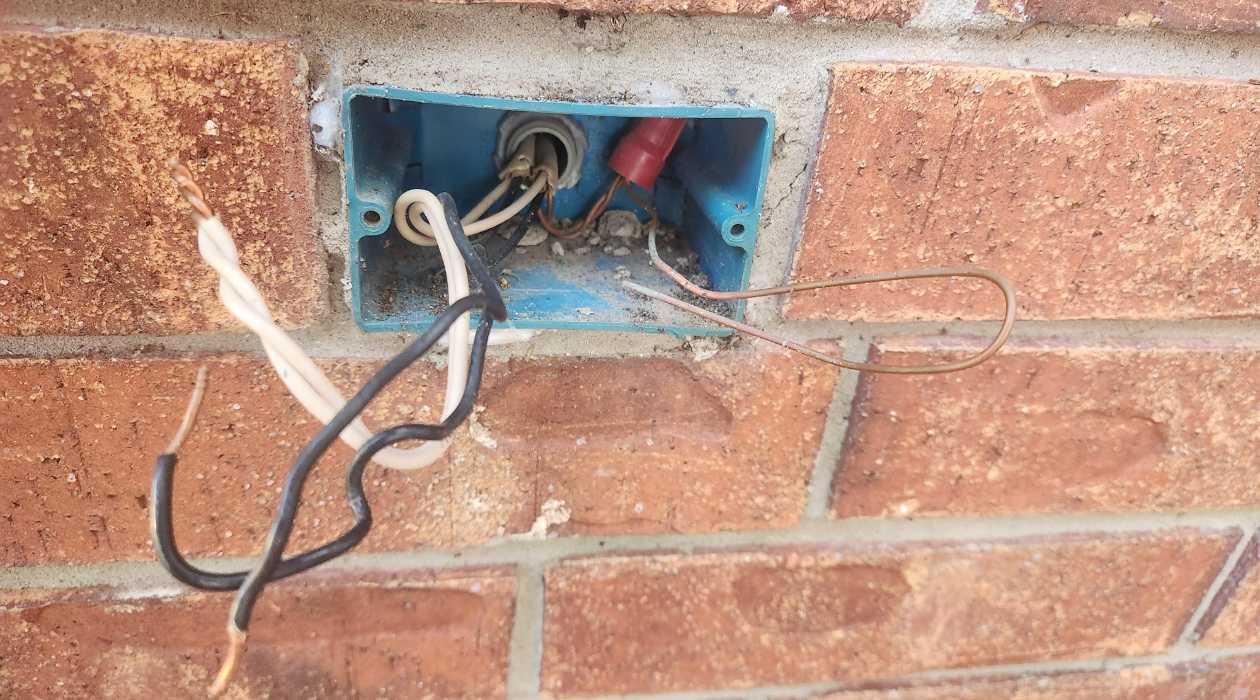
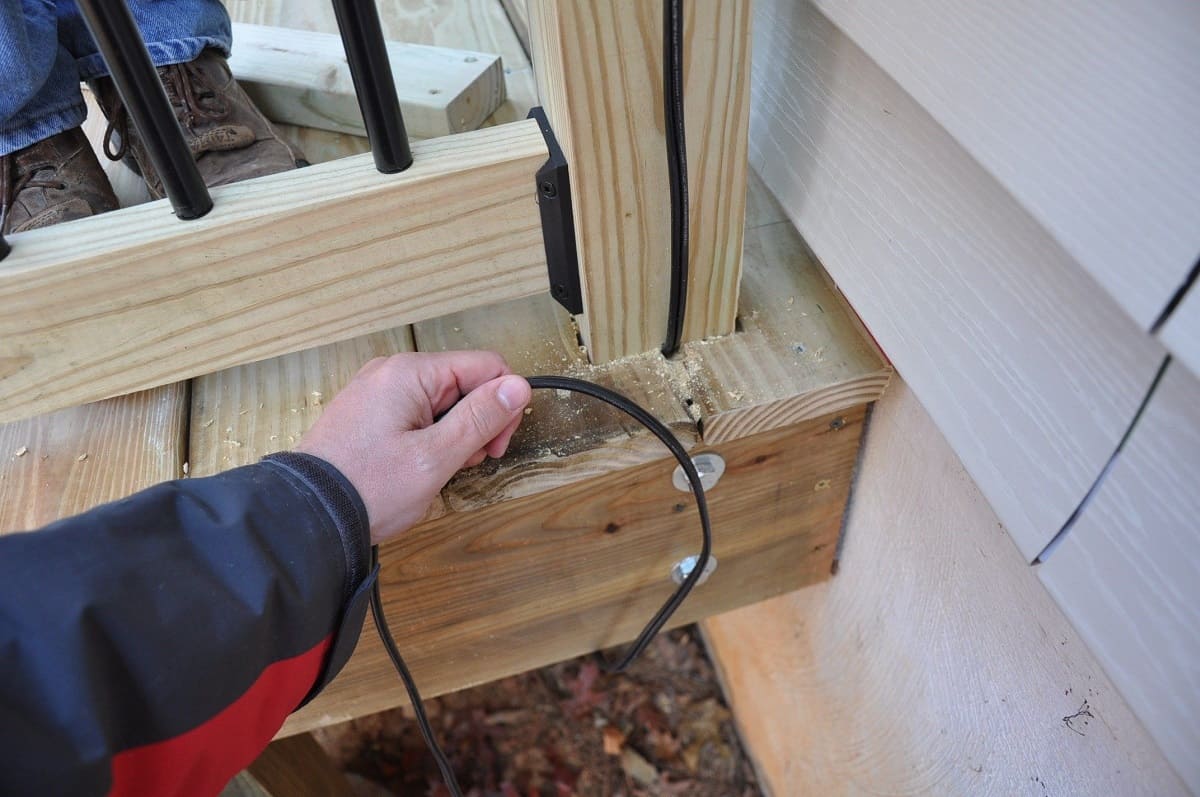
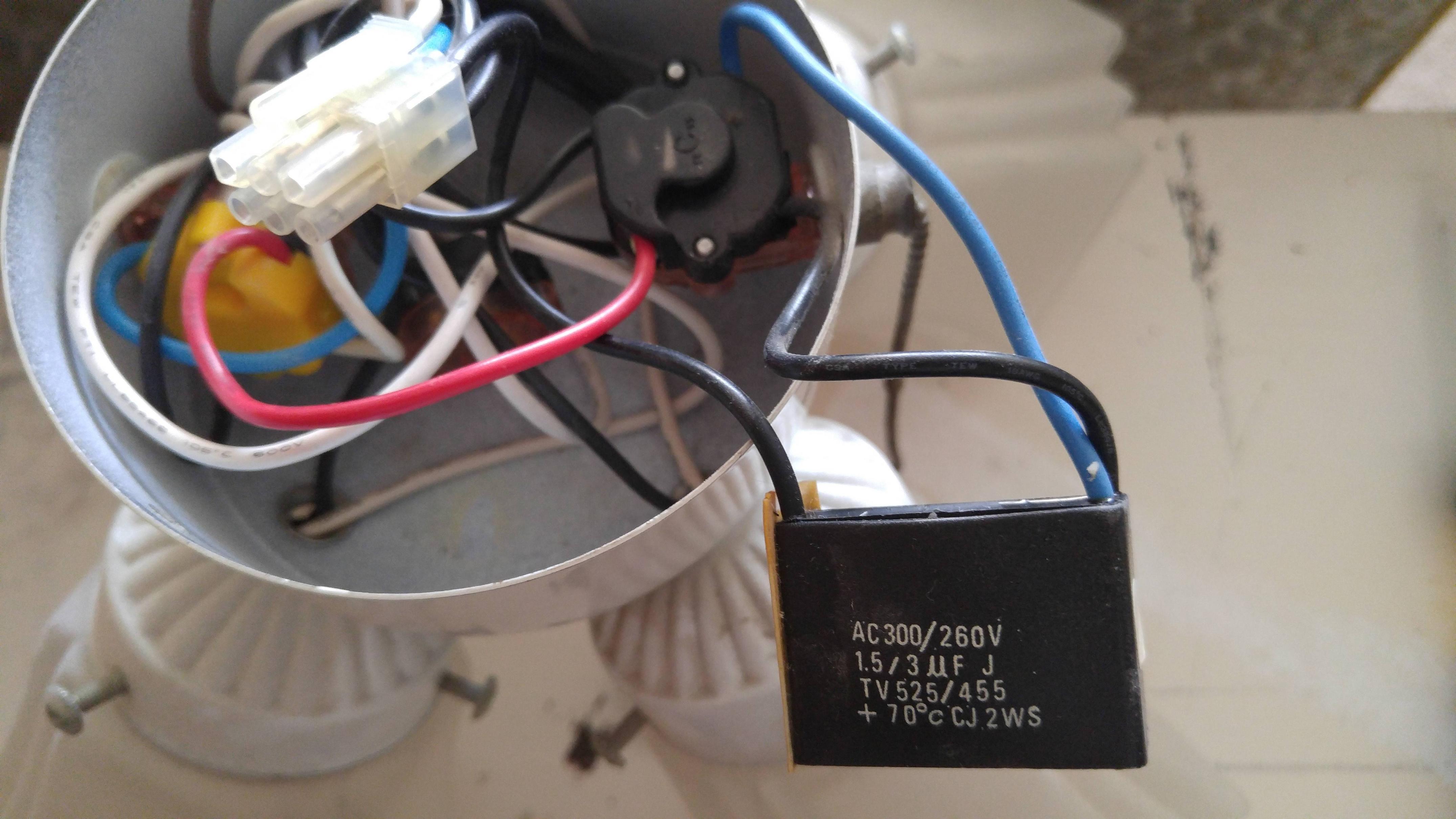
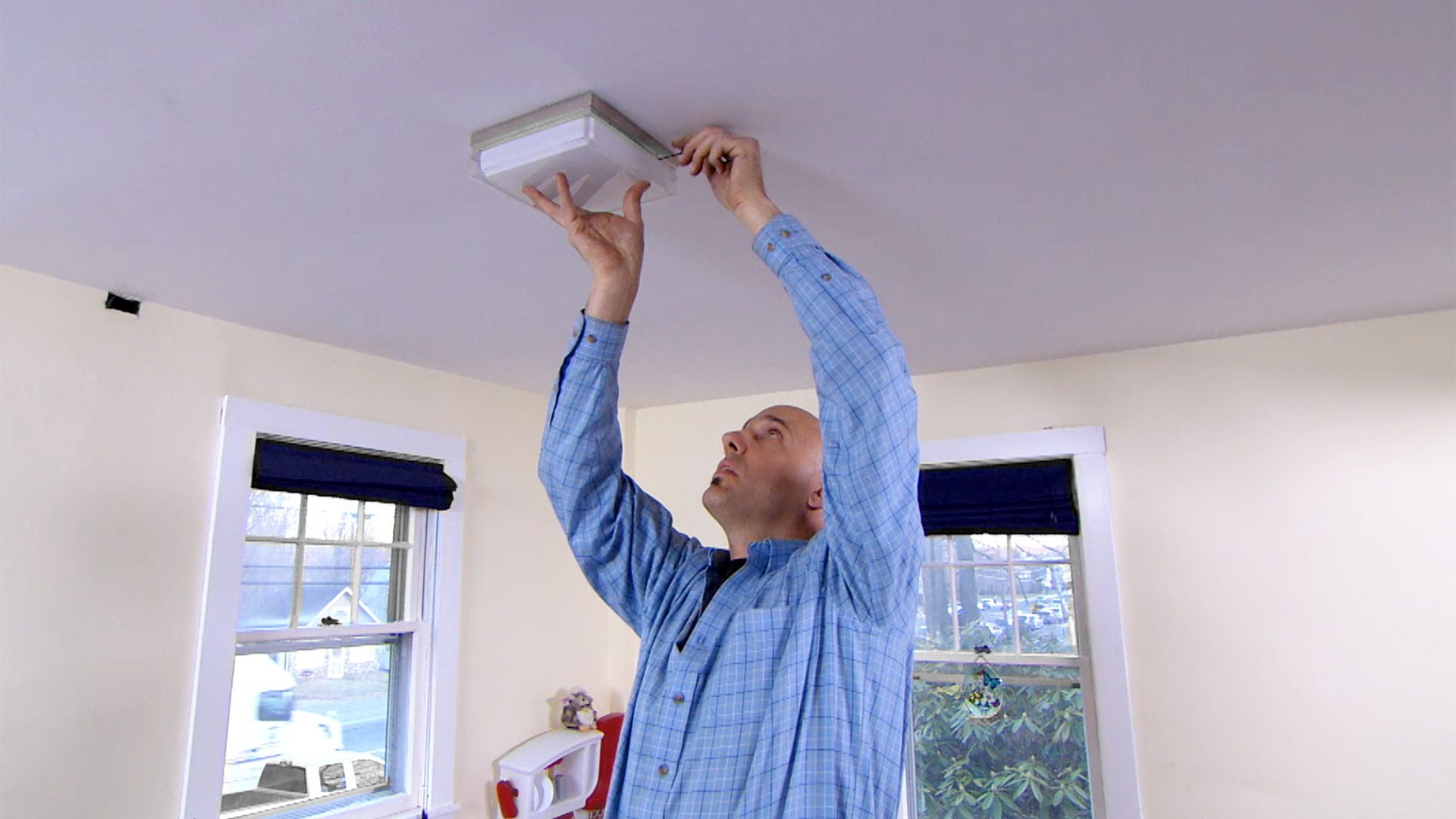
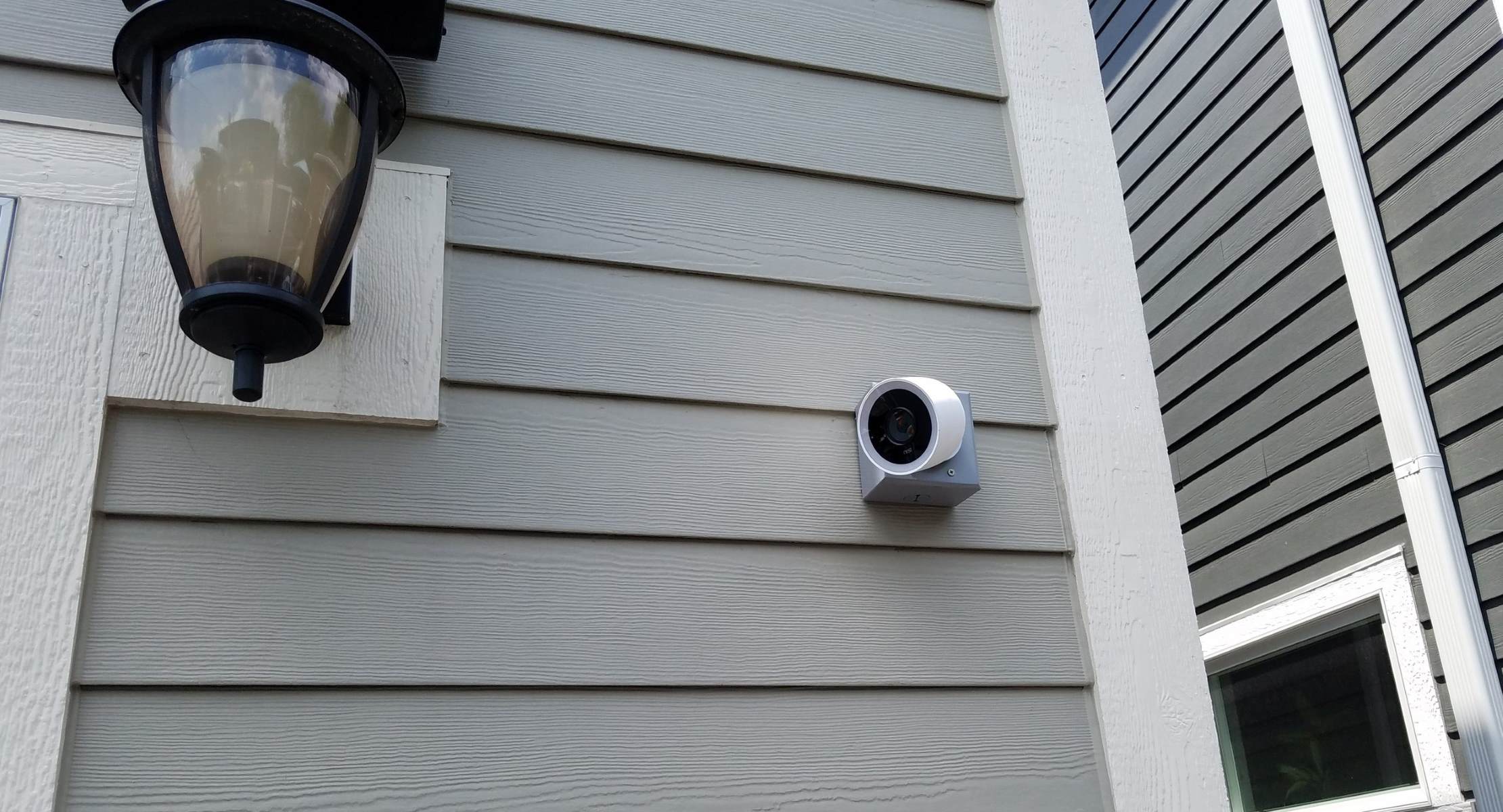
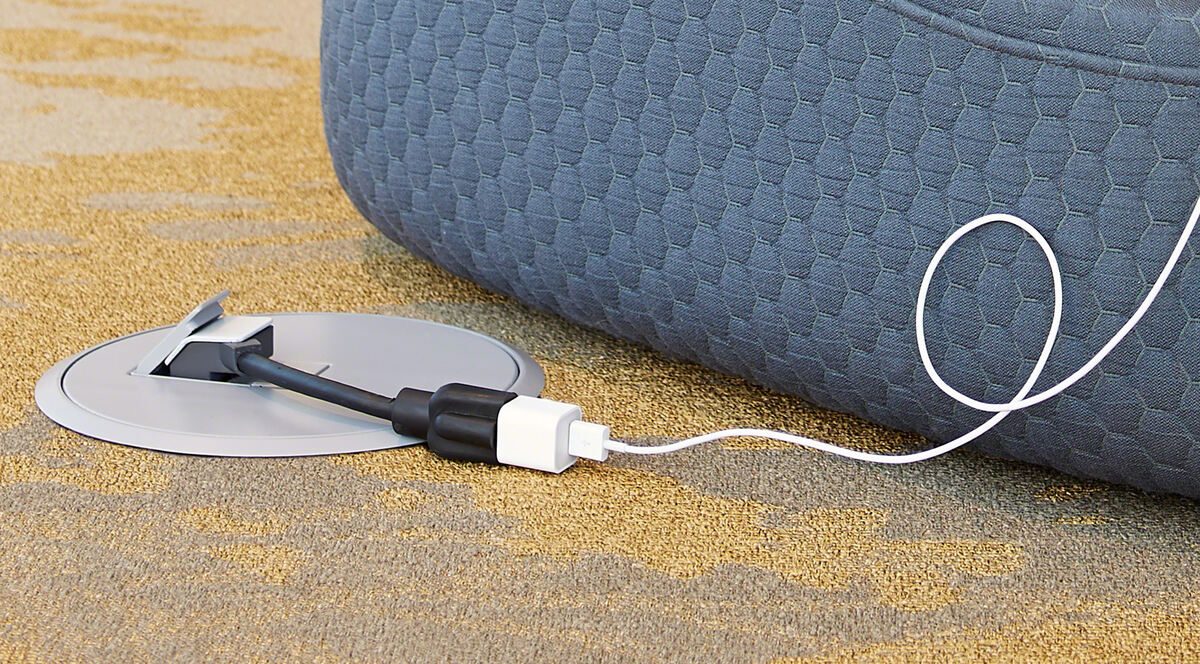
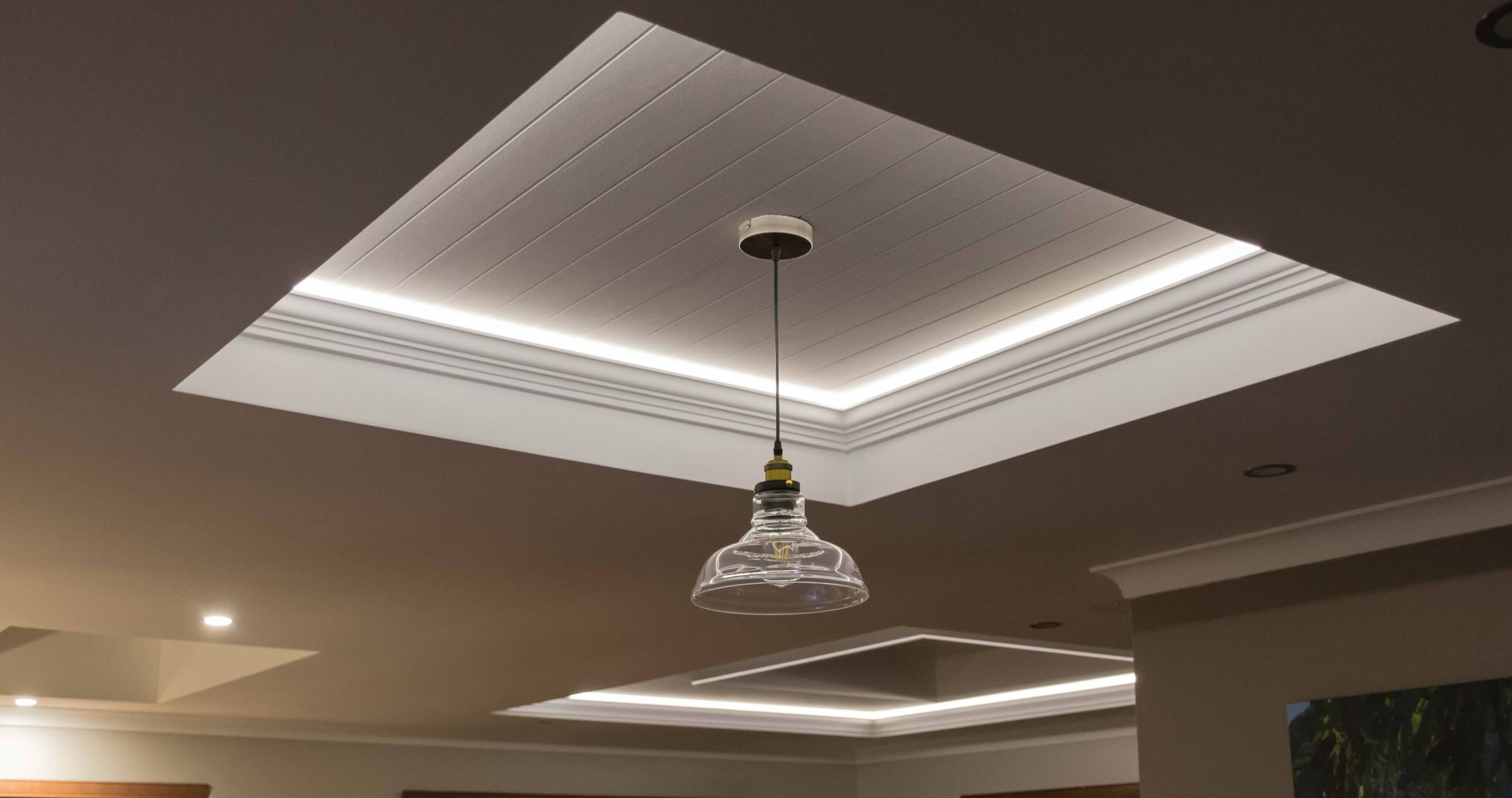


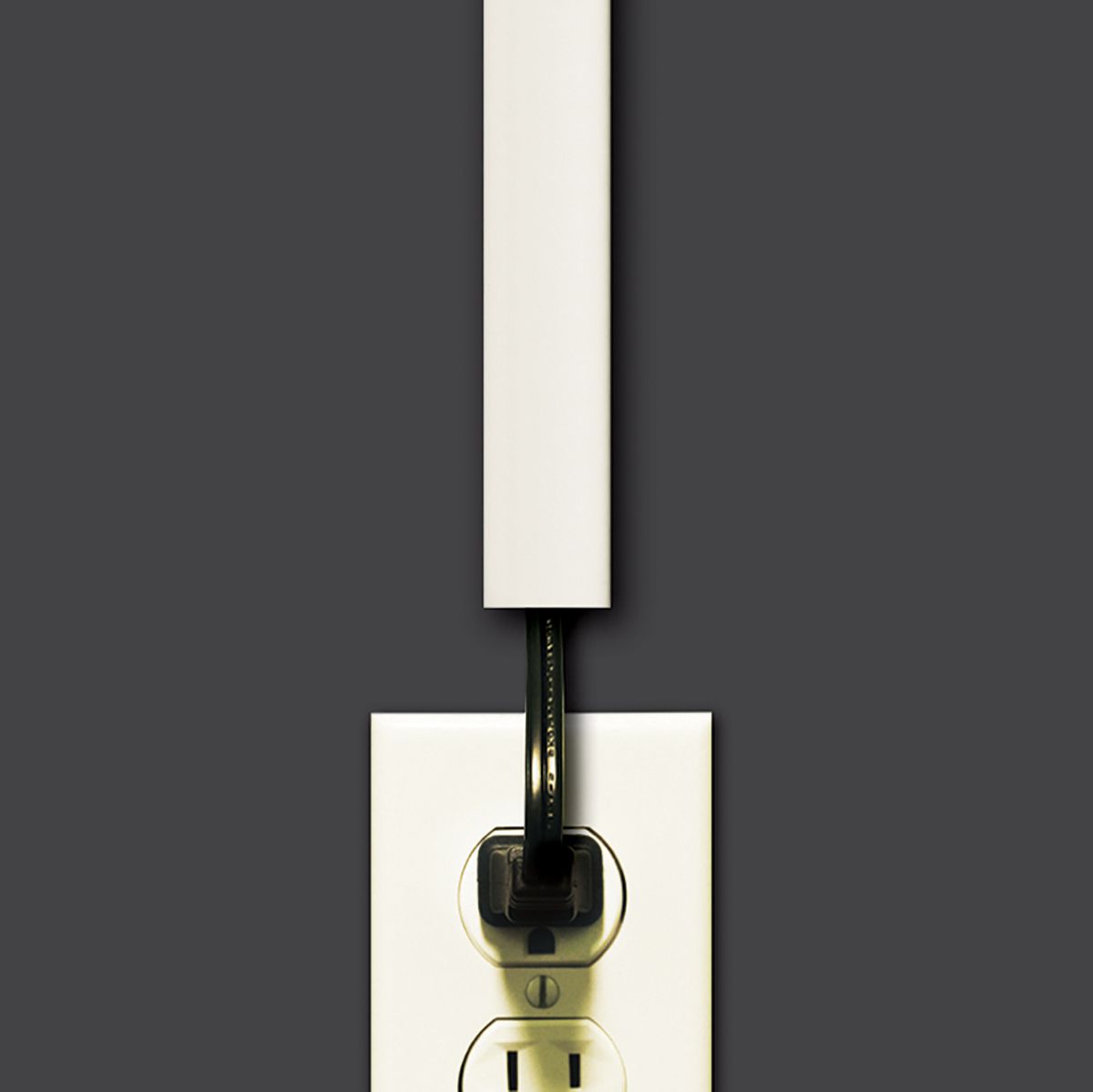

0 thoughts on “How To Hide Electrical Wires On Ceiling”